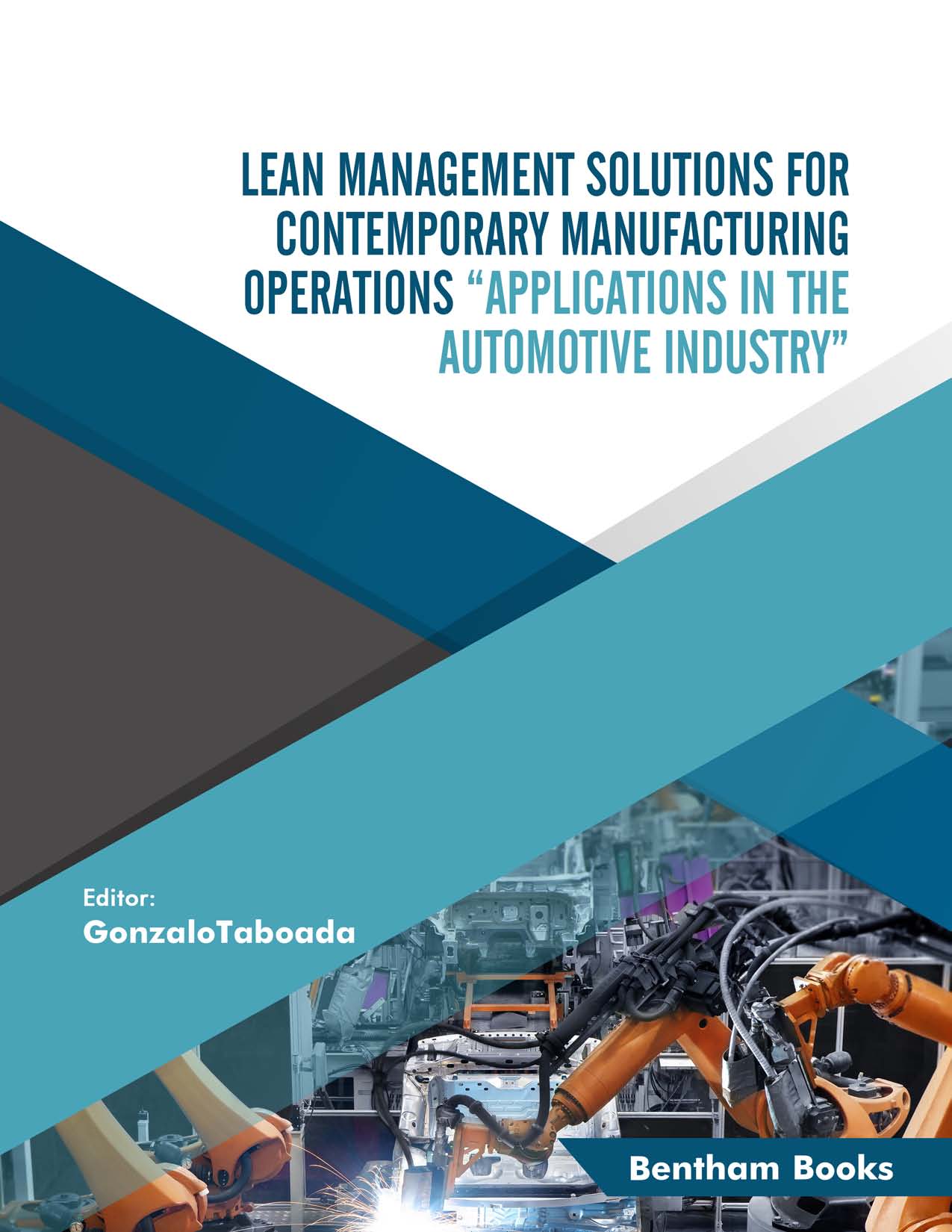Lean Management Solutions for Contemporary Manufacturing Operations opens an illustration of some of the smart functionalities that can be implemented. The book also introduces technologies, soft and hard skills, suitable for the general integration. Following this, the authors provide a comprehensive review of the recent advances in technologies and methods, in different areas, including synergies with human capital.
The following chapters establishes a standard for application of mathematical concepts in workplaces, agile methods for projects, applicated design, low cost solutions. It also includes people development, planning, motivation and especially deals with persons with disabilities in workplace context.
The goal of the work is to open the eyes to the new industry revolution.
Various setups are thoroughly examined by the authors, considering the contribution of each case.
Chapter 1: This article tries to use Euler's concept to solve the problem of the 7 Königsberg bridges, applied in the workplace organization.
This new application of Graph Theory is intended to help improve different jobs, either from the design of new workstations, as well as opportunities for improvement for those workstations current.
Chapter 2: This chapter explores the concept of non-value-added operations in the manufacturing industry and how it impacts part design. The idea is to describe what are currently considered operations that do not add value to manufacturing and show examples of applied design, giving an idea of how the designer or engineer should think when making a new product, they should not only focus in functionality, also in the process and always contextualizing the different technologies available, current laws and the market to which it is trying to introduce.
Chapter 3: In times where the fourth industrial revolution is looming on the near horizon, technological advances and new employment configurations invite us to question access to quality jobs for vulnerable groups such as people with disabilities. This requires investigating the management of resources, physical, technical and procedural factors involved in the design of jobs and reviewing some alternatives such as the Supported Employment methodology.
Chapter 4: The influence of strategic planning can be a link or obstacle to the good performance of the company and can be a factor of distinction and influence in the commitment of those who are part of it. Strategic planning must be understood as a participatory process, which will not solve all uncertainties, but which must draw a line of those affected to act accordingly.
Chapter 5: In this article we are going to review different solutions for material handling problems to increase productivity.
In this process we are learning some tools used to analyze time and methods and improve them.
The aim is to demonstrate that automation is not always expensive, if we use our brain we can find out mechanism cheaper than a robot.
Chapter 6: This article consists of analyzing the feasibility of using agile methodologies tools in industrial manufacturing projects.
Since its inception, agile management tools have been used for software development projects and technology innovation. Currently, manufacturing projects use only traditional project management methodologies; the challenge is to apply agile tools in traditional management.
Gonzalo F. Taboada
Department of Mechanical Engineering
Universidad Tecnológica Nacional FRC
Córdoba
Argentina

